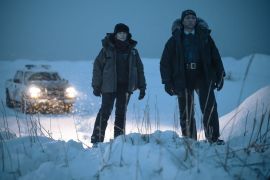25 best Prohibition movies ever
Grab a case of your favourite hooch, bathtub gin or moonshine and feast your eyes on these crime classics

The sale and production of alcohol was prohibited in the United States between 1919 and 1933. But if the government thought that would discourage people from wanting their favourite tipple, they were dead wrong – and where there’s a desire for something, history has shown us that if it can’t be acquired by legal means, it will be acquired some other way. Prohibition allowed crime syndicates who produced or smuggled booze to flourish, and that in turn has inspired some of the greatest movies ever made. Here are our favourites.
The Untouchables (1987)
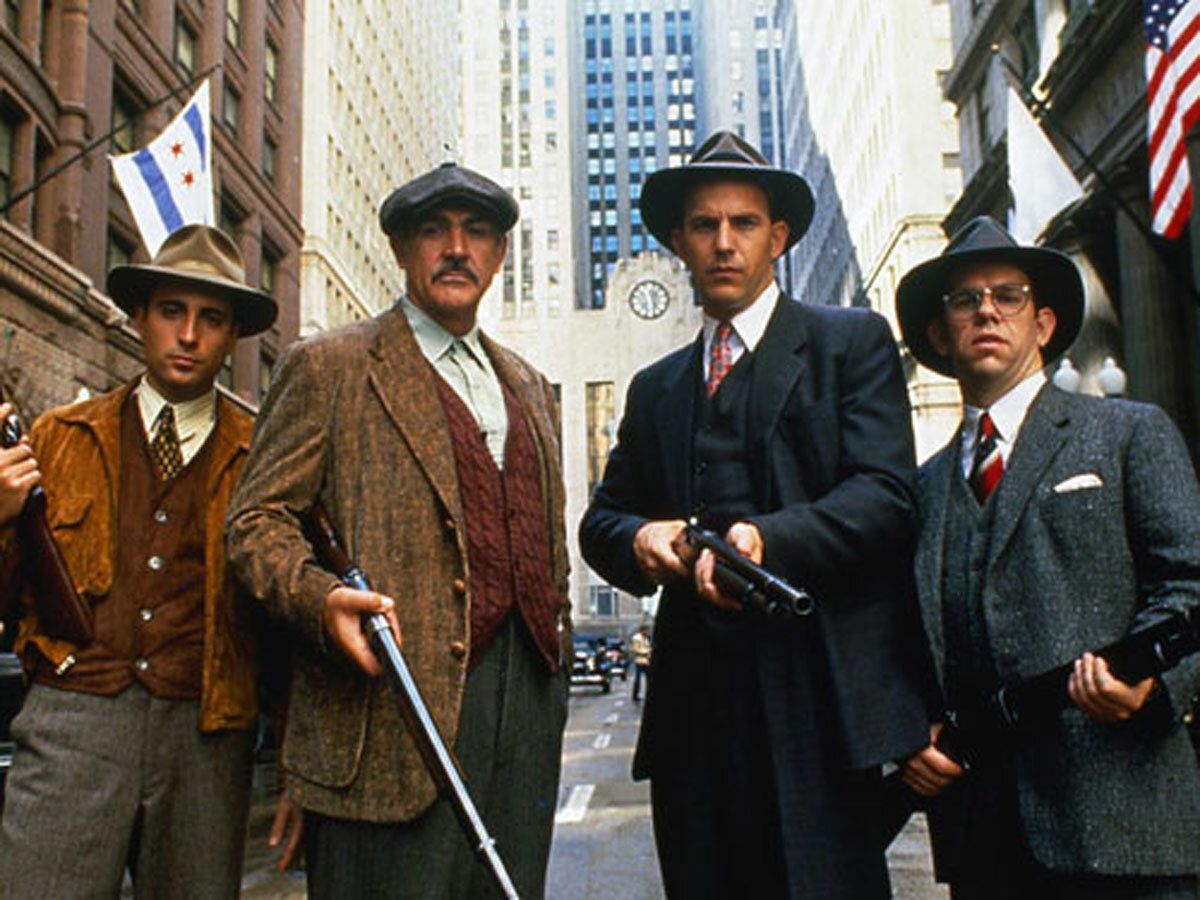
Brian De Palma’s tense, violent thriller tells the story of Treasury Agent Eliot Ness’ battle against Al Capone’s booze-smuggling Chicago empire. Sean Connery’s supporting role as Ness’ right-hand man stole the show and netted his an Oscar – despite his Irish beat cop having a suspiciously Scots-sounding accent…
Little Caesar (1930)
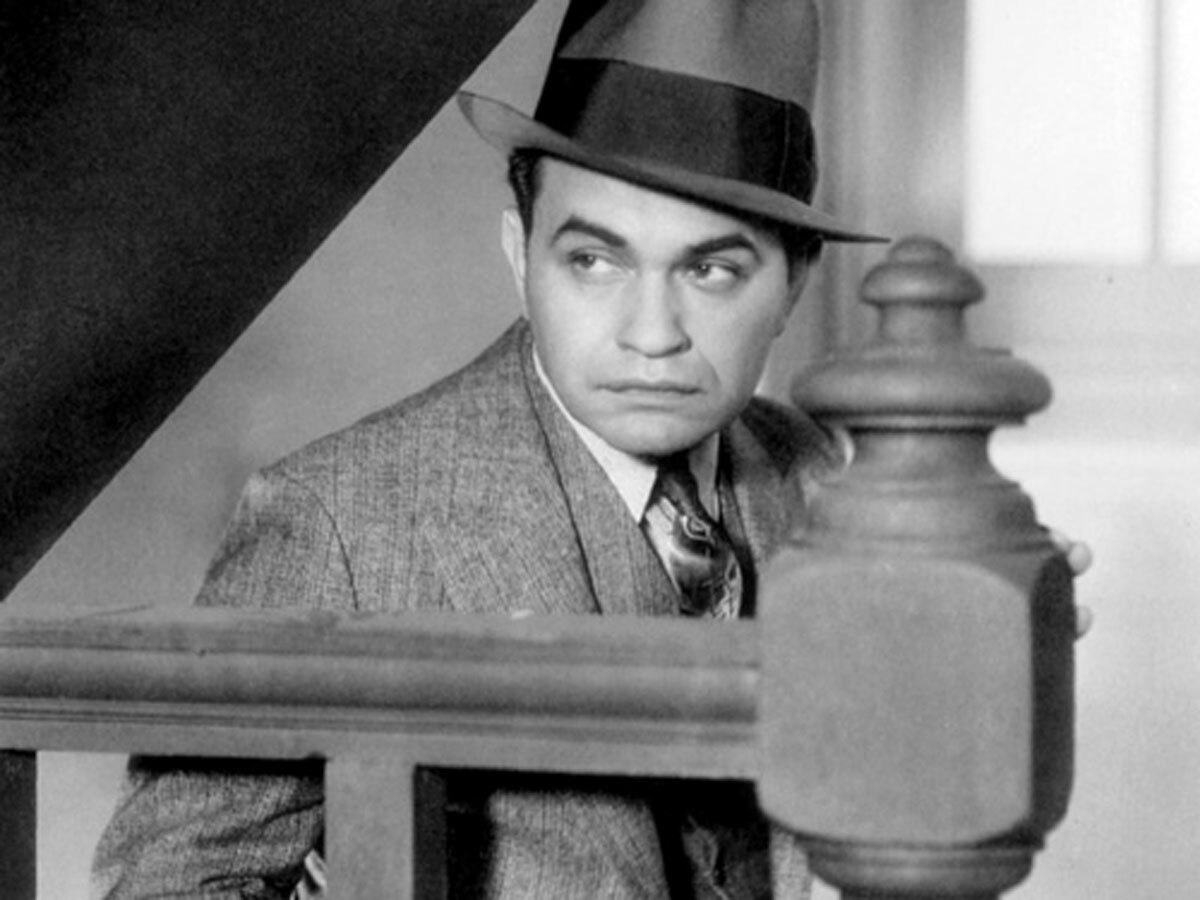
Warner Brothers basically invented the crime genre in the 1930s – along with classics like The Public Enemy, the studio gave us this gangster gem – in which Edward G Robinson turned in a star-making performance as mobster Caesar Enrico “Rico” Bandello. Loosely based on Al Capone, Robinson’s performance was somewhat controversial at the time – W.R. Burnett, author of the book Little Caesar was based on, was convinced that Robinson was playing Rico as a closeted homosexual.
Bugsy Malone (1976)
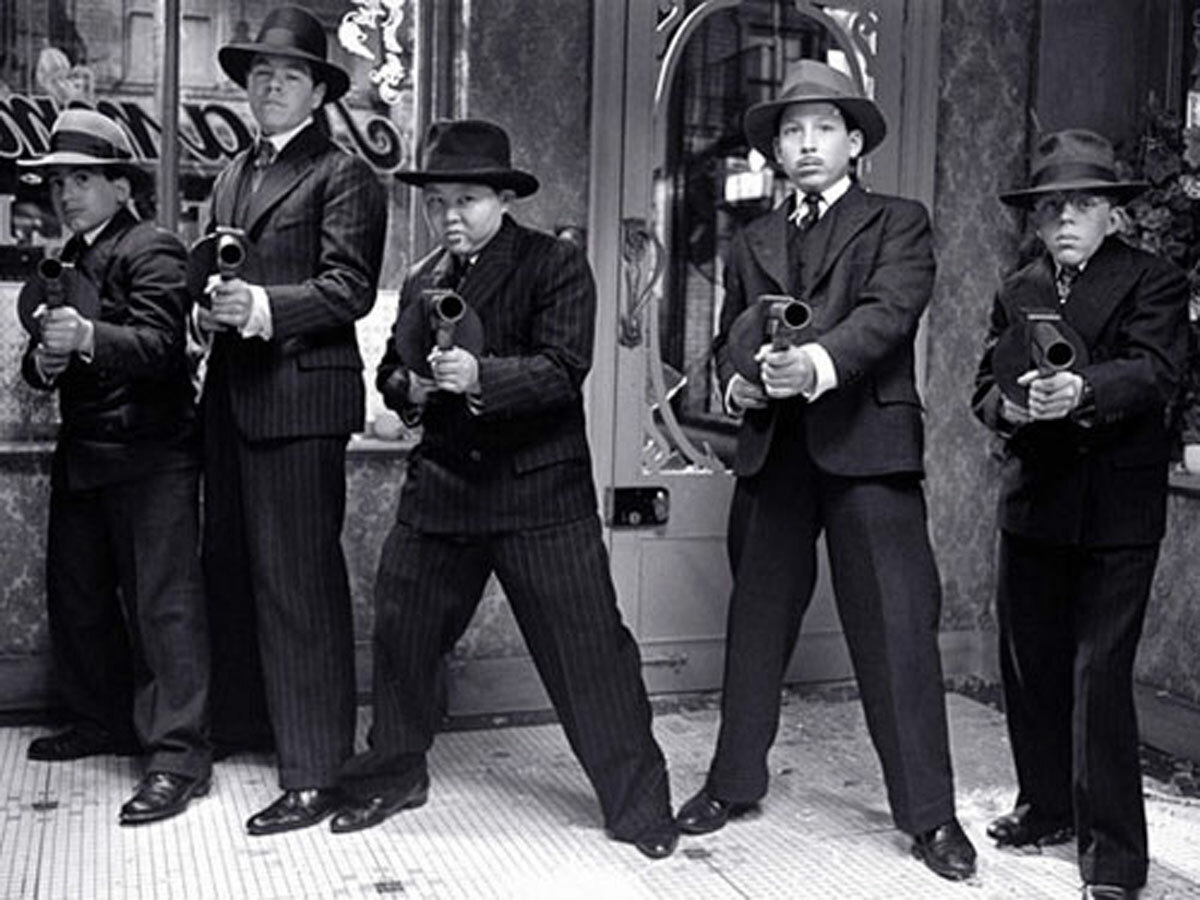
Alan Parker’s musical is a joyous (if loose) retelling of the Prohibition era with a twist: all the actors are children, there’s no sign of alcohol and the only violence involves people getting covered in custard.
Scarface: The Shame of a Nation (1932)
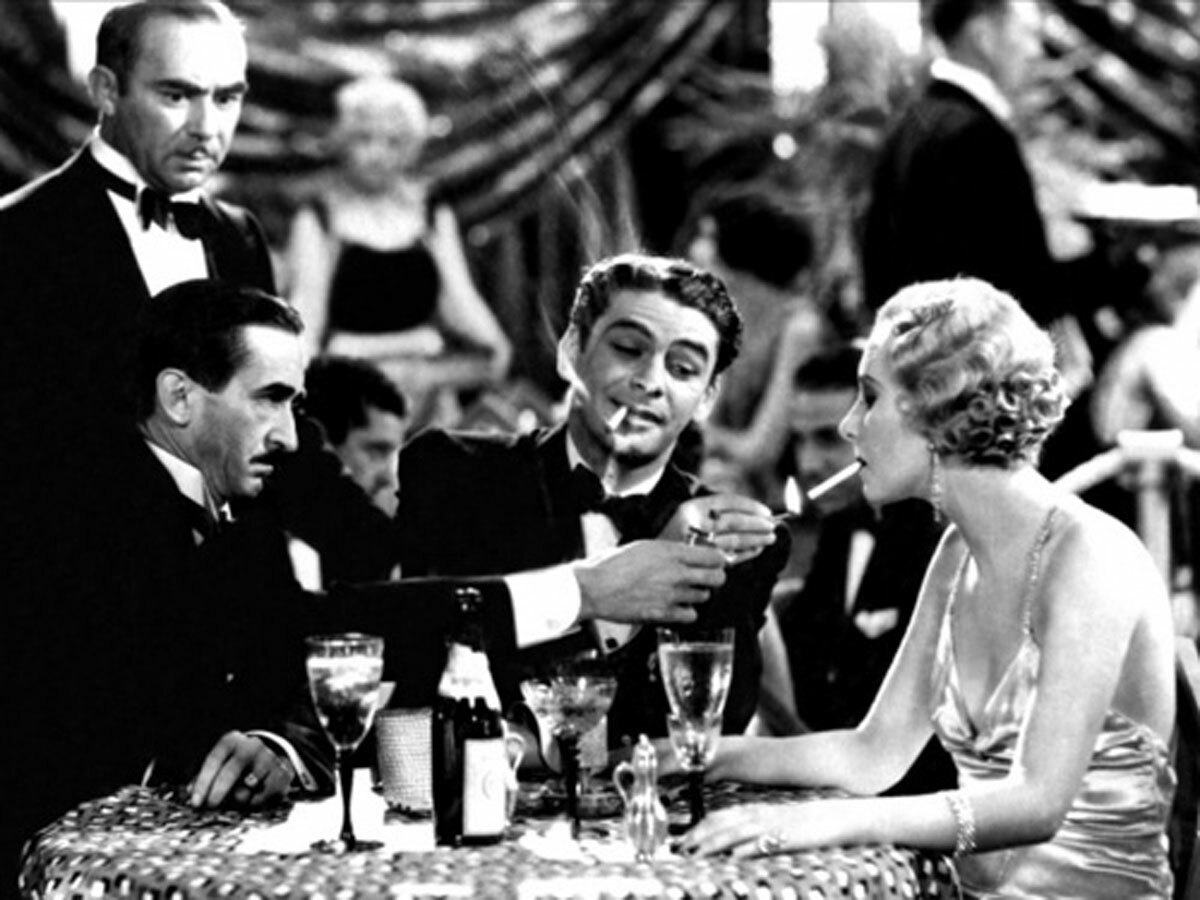
Howard Hughes’ gangster epic – loosely patterned after the life of Al Capone – was castigated at the time of its release for its supposed glorification of the criminal lifestyle and its excessive violence. Ironically, both charges were levelled at the later remake by Brian de Palma. Keep an eye peeled for the “x” motif that appears throughout the film, signifying that a character is about to buy the farm.
The Roaring Twenties (1939)

One of the first films to examine Prohibition from a distance, this epic recreated the entire decade of the 1920s, from the aftermath of the First World War to the stock market crash – appropriately, with a newsreel-inspired documentary feel. And who better to play the lead roles than gangster giants Jimmy Cagney and Humphrey Bogart? Cagney’s WWI doughboy is drawn into a life of crime by the lack of opportunities following the war – briefly enjoying the spoils of bootlegging, before the stock market crash brings it all tumbling down around his ears.
Once Upon a Time in America (1984)
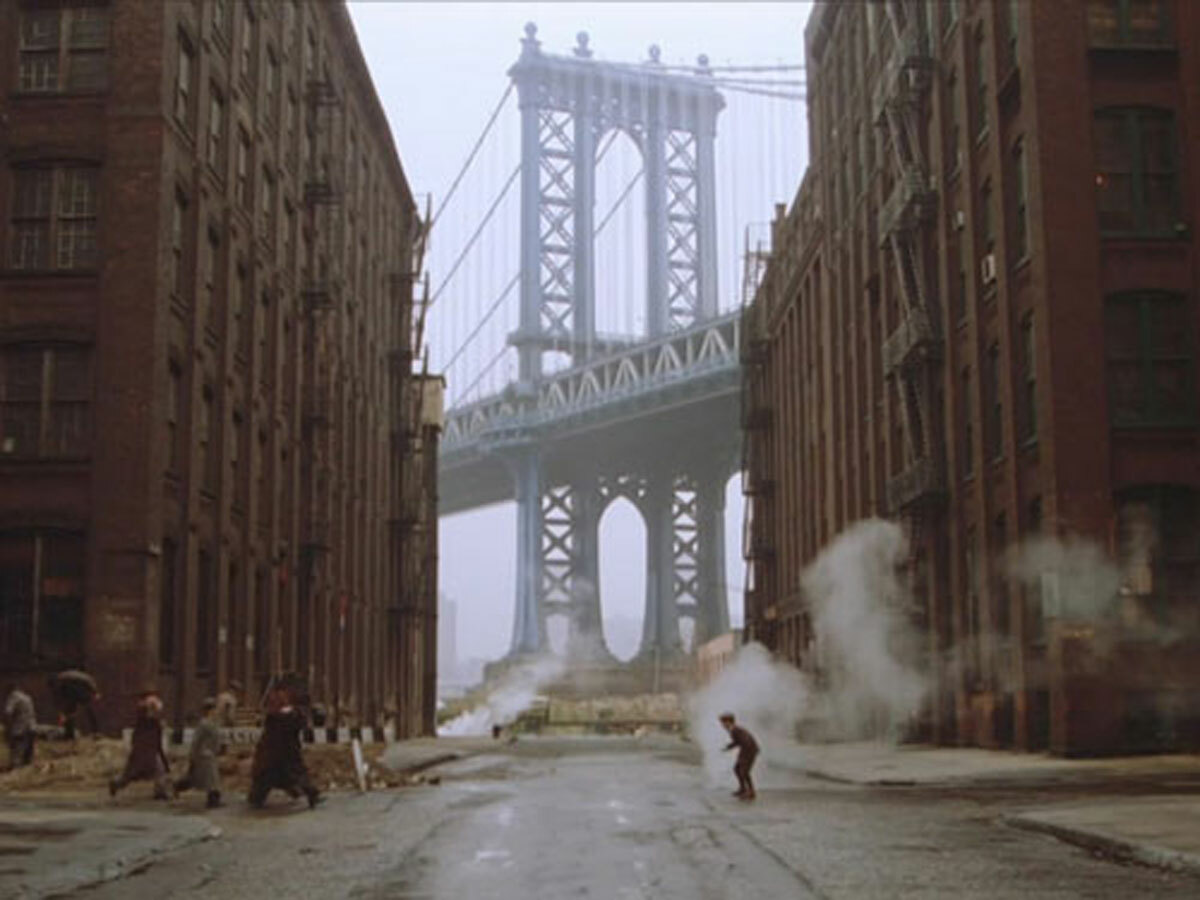
Sergio Leone, famous for his spaghetti westerns, yearned to make a trilogy set in America – but ended up making one incredibly long (229 minutes) movie. Telling a tale of Jewish New York gangsters that spanned 50 or so years, Once Upon A Time In America is widely regarded as Leone’s masterpiece – and Roger Ebert once called it the best film depicting the Prohibition era ever made.
Some Like It Hot (1959)
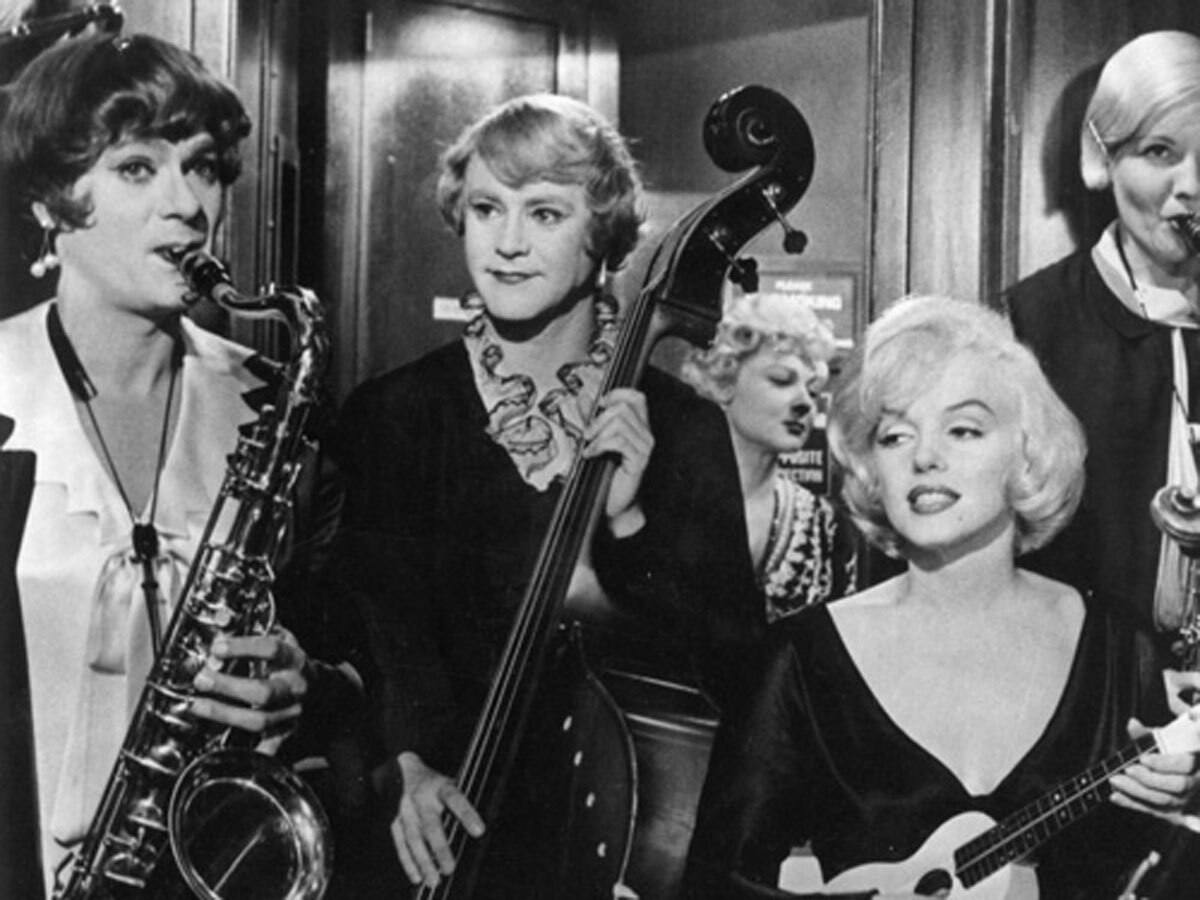
Prohibition wasn’t all about booze and bullets – this 1959 screwball comedy found plenty of humour in, er, gangland massacres. Tony Curtis and Jack Lemmon’s struggling jazz musicians are forced to drag up and go into hiding after witnessing the St Valentine’s Day Massacre – but it’s not all bad news, since they become bosom buddies with Marilyn Monroe’s Sugar Kane.
The St. Valentine’s Day Massacre (1967)
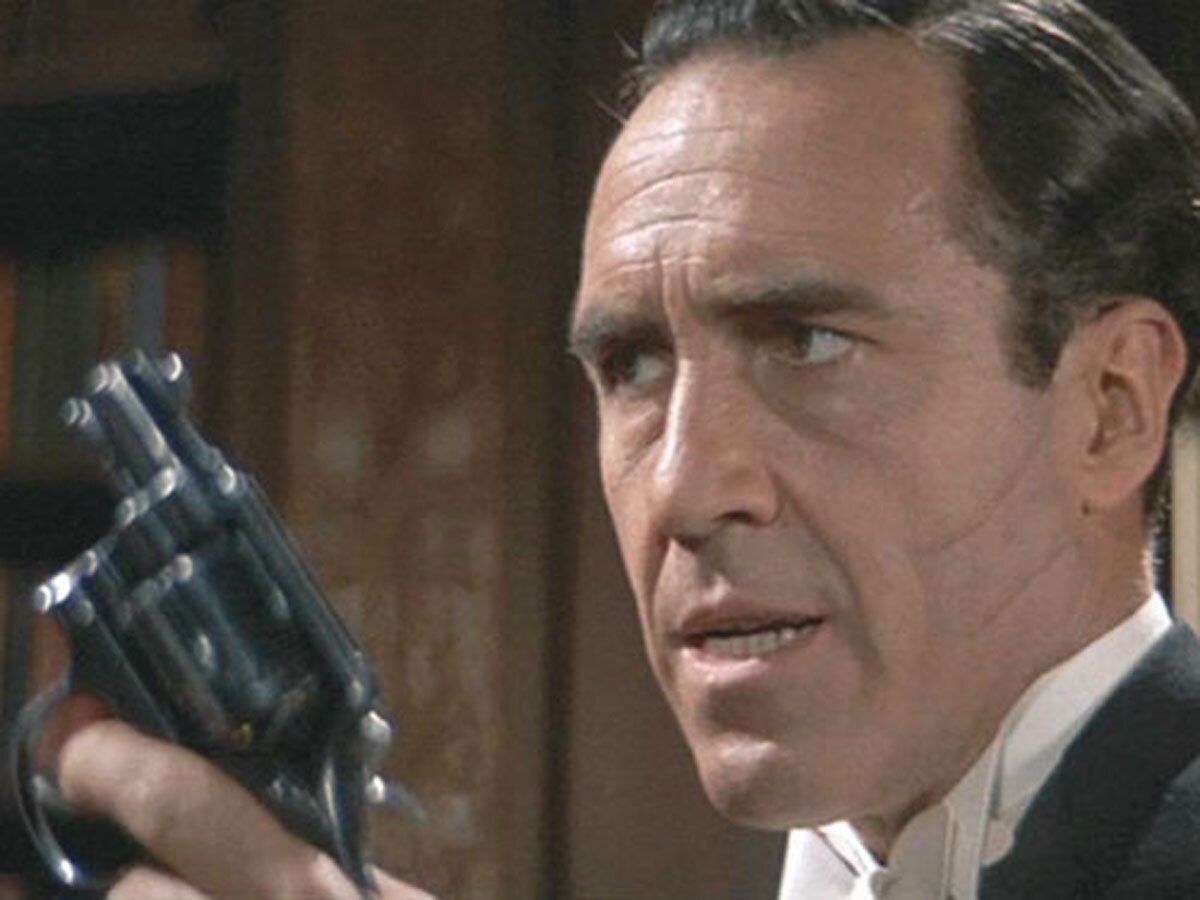
Al Capone is back – here played by Sam Robards – in this drama based on the 1929 gangland killing that shocked America. Director Roger Corman originally wanted to cast Orson Welles in the role of Capone, only for 20th Century Fox to veto the deal due to Welles’ well-earned reputation as a diva and maverick.
The Great Gatsby (1974)
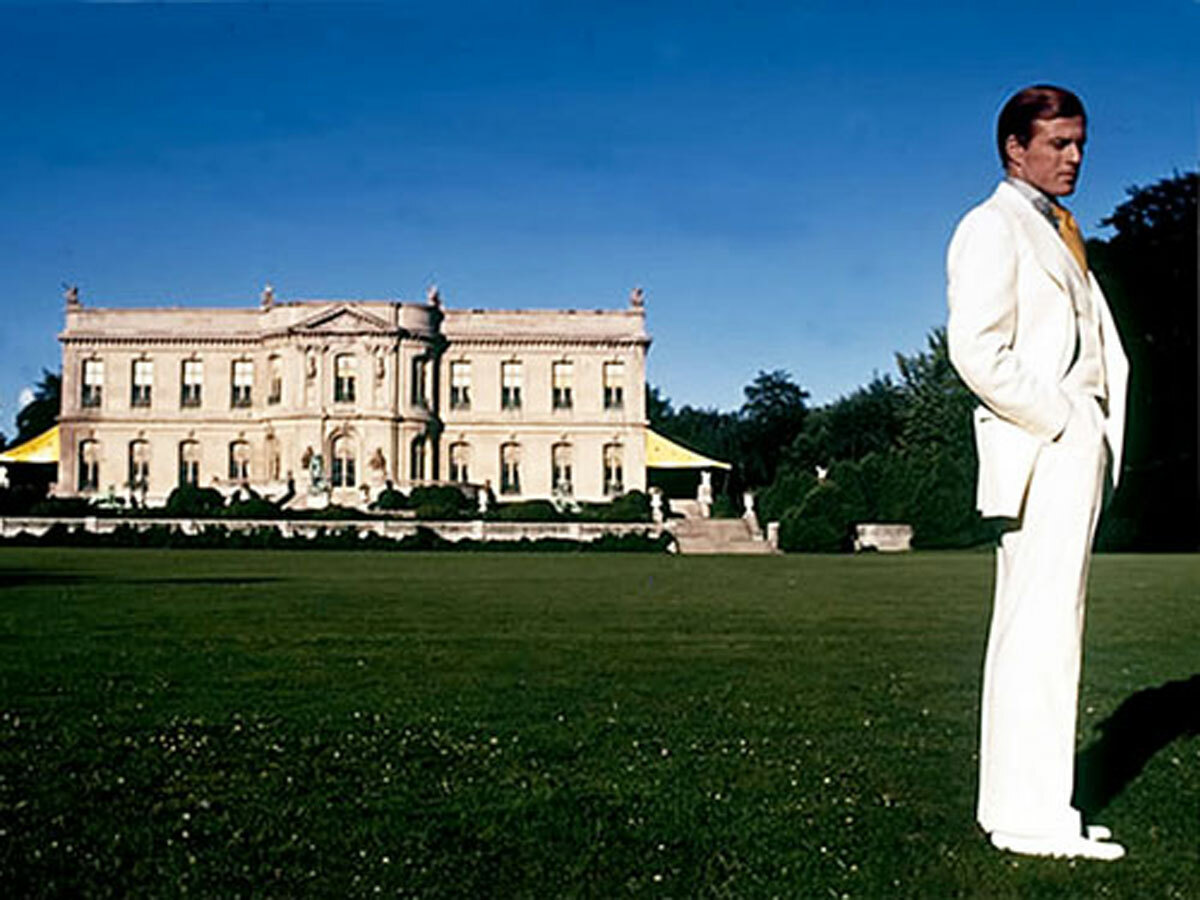
Perhaps not one of the first movies you think about when someone mentions prohibition, The Great Gatsby gives a very different view of 1920s America than the average gangster thriller. But Robert Redford’s Gatsby, of course, made his fortune through bootleg liquor, allowing him to throw his lavish Long Island parties – but also preventing him from gaining the true American upper class status he craves.
The Public Enemy (1931)
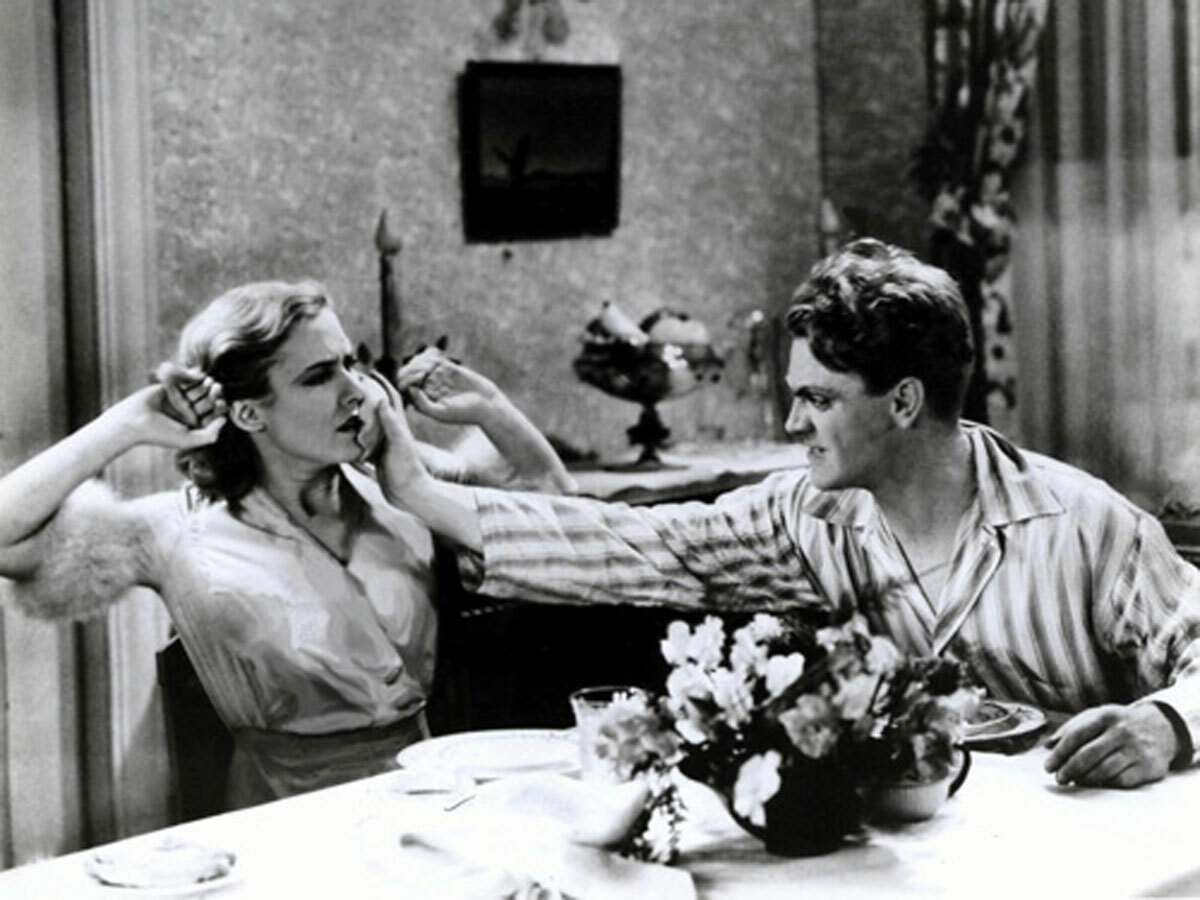
James Cagney has probably played more gangsters than anybody, and this movie (actually made during Prohibition) saw him at his menacing best as a young hood rising through the ranks of a bootlegging empire. Jean Harlow stars as his love interest.
Miller’s Crossing (1990)
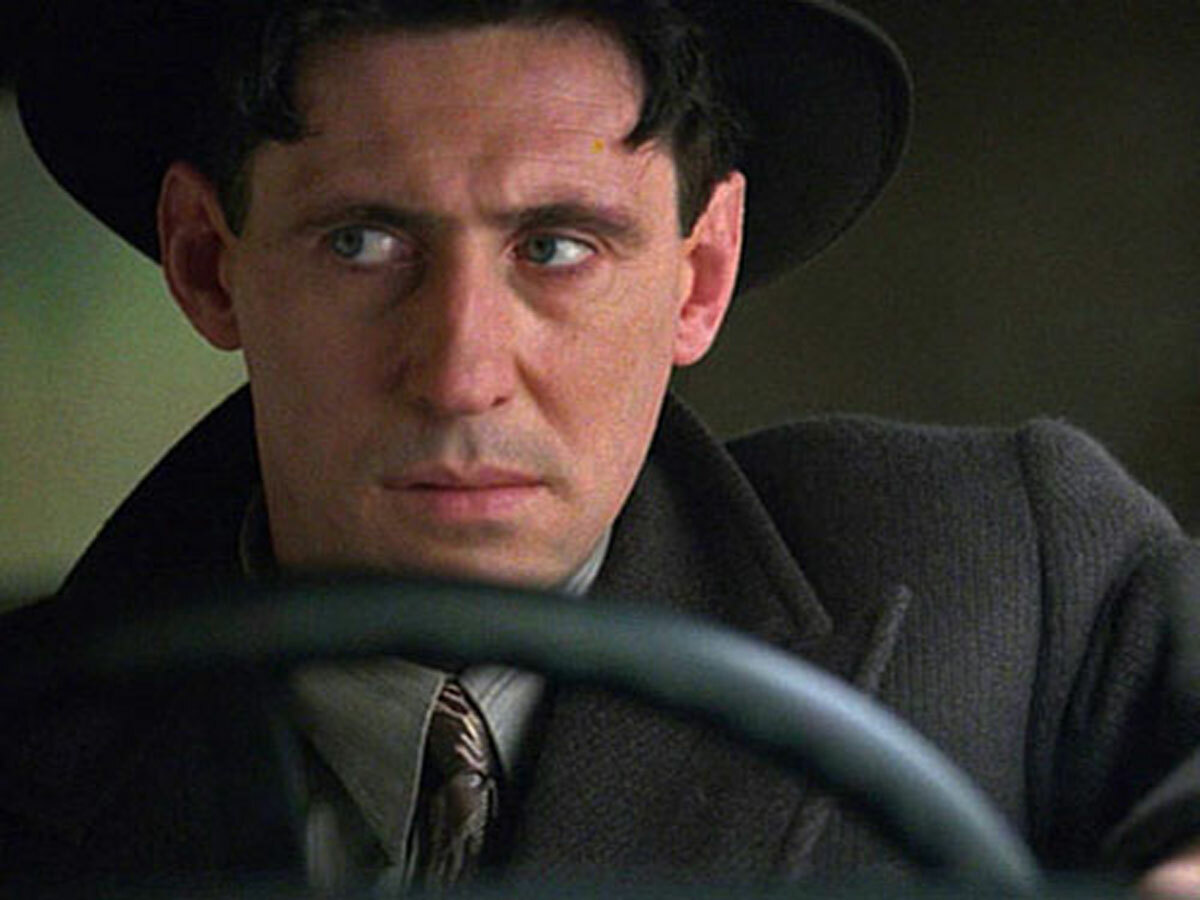
The Coen brothers’ pastiche of old gangster movies is a fantastically dense, typically cerebral thriller packed with twists and turns, some of the snappiest hard-boiled dialogue around, and an action sequence set to the strains of “Oh Danny Boy” that may be among cinema’s most dazzling set pieces.
Bonnie and Clyde (1967)
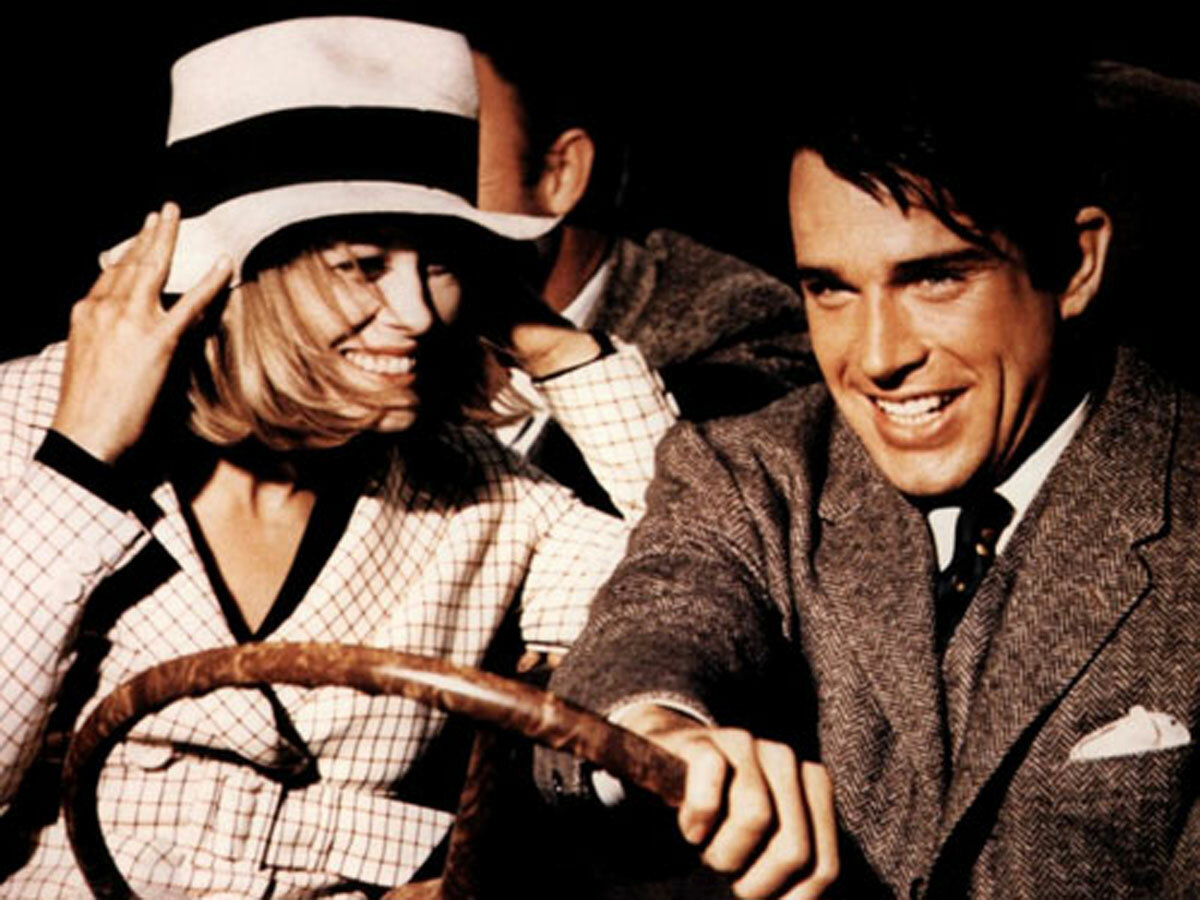
They weren’t bootleggers, of course, preferring the rather more direct money-making enterprise of robbing banks – but Bonnie and Clyde are icons of the era, cutting a swathe of terror through post-Depression America. They weren’t as photogenic as Faye Dunaway and Warren Beatty are, either, but hey, it’s Hollywood – just enjoy it.
Public Enemies (2009)
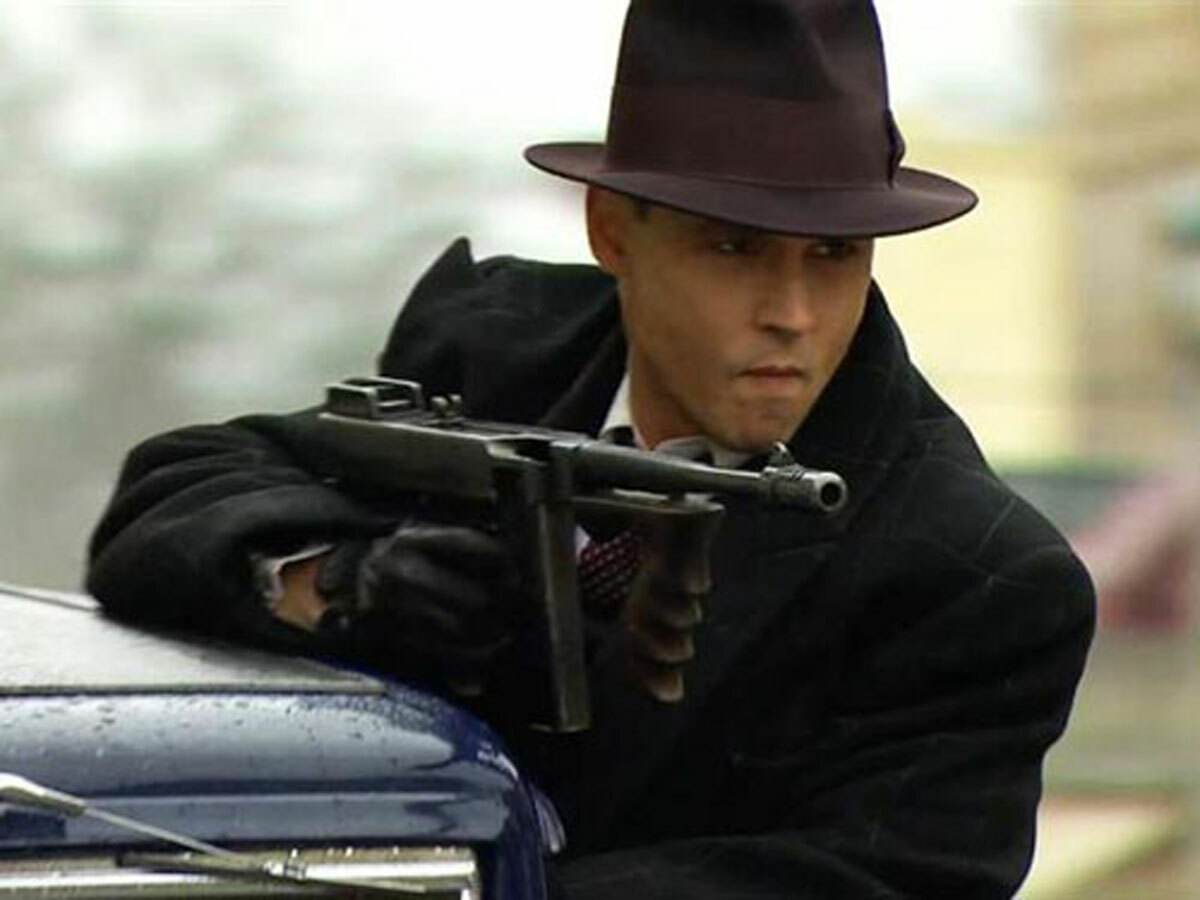
Another bank robber, and another icon of Prohibition era, John Dillinger (here played by Johnny Depp) ran with some of Chicago’s bootlegging underworld. Michael Mann’s film is a mixed bag, but nails the accuracy dead-on: at one point, Depp even drives an actual car used in one of Dillinger’s robberies.
Capone (1975)
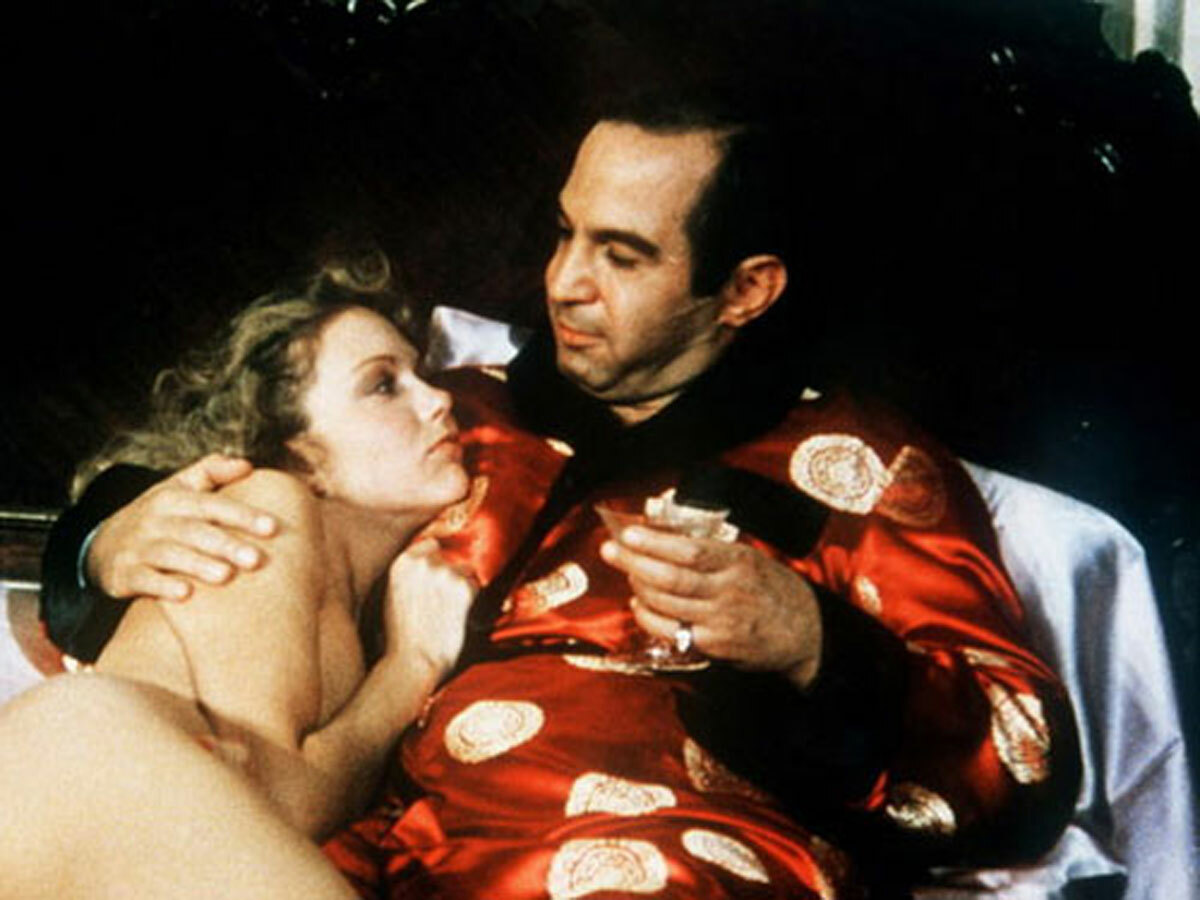
Ben Gazzara tales on the role of the scarred one in this biopic of America’s best-known gangster. It’s not the classiest or most accurate depiction of Capone’s life, it has to be said, but if you’re after a fast-paced and brutal romp through the Chicago crime world, it fits the bill as snug as a drum magazine in a Tommy gun.
Last Man Standing (1996)
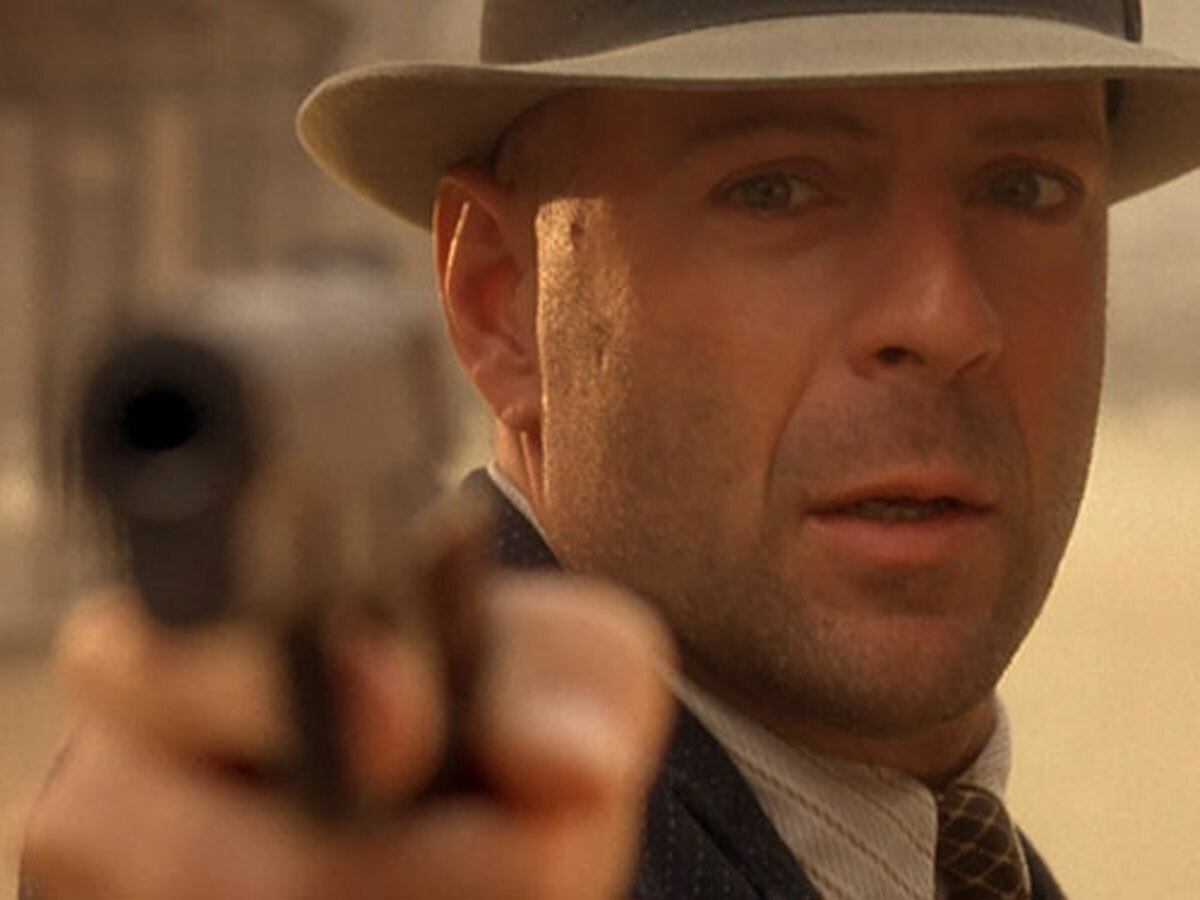
Like A Fistful of Dollars, Last Man Standing is based on Akira Kurosawa’s Yojimbo. It’s a story of a mysterious gunslinger (a super-taciturn Bruce Willis) who arrives in a Prohibition era ghost town and plays two bootlegging criminal gangs off against each other.
Manhattan Melodrama (1934)
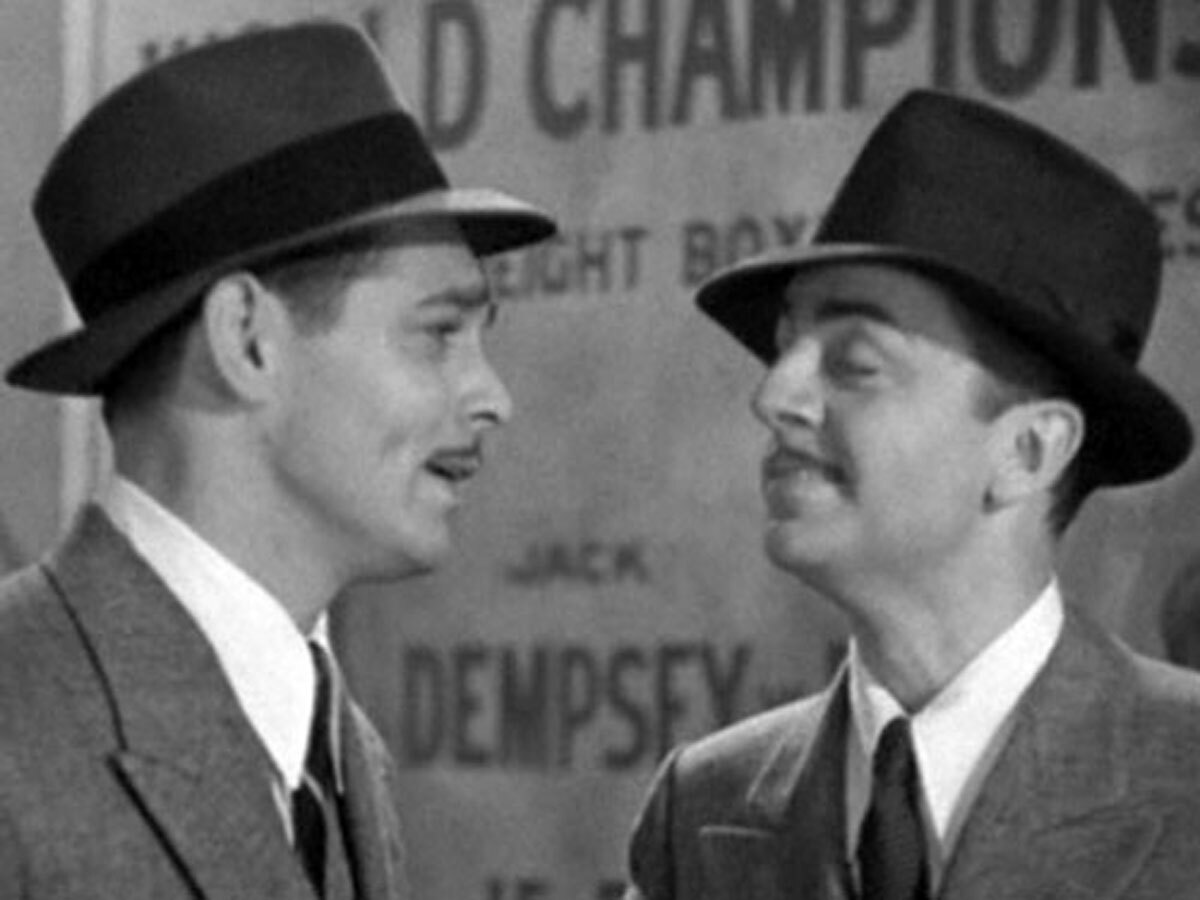
The film that John Dillinger finished watching moments before the FBI gunned him down, Manhattan Melodrama concerns boyhood friends who end up on separate sides of the law: one a criminal, one a D.A.
Bullets over Broadway (1994)
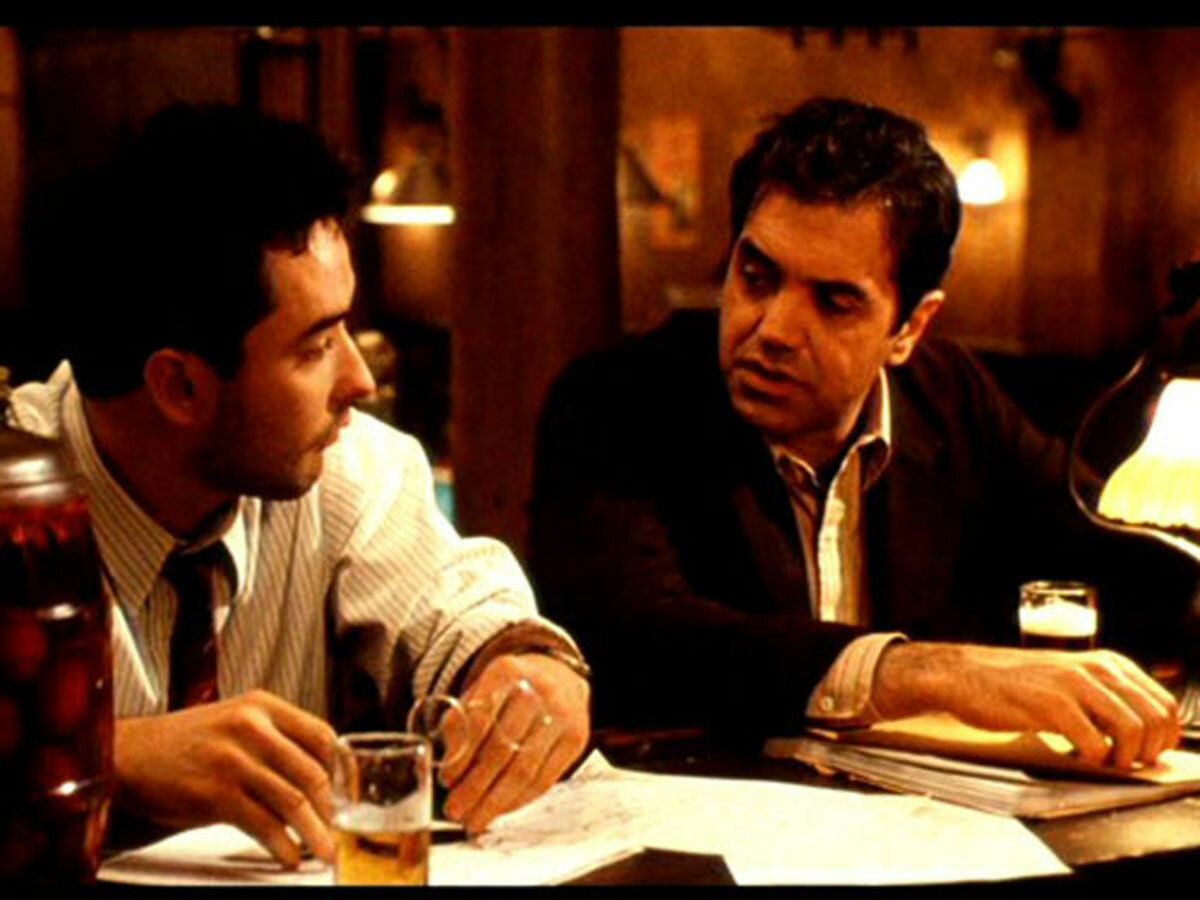
Woody Allen’s Oscar-winning comedy concerns a 1920s New York playwright who gleans excellent rewrite ideas from an unlikely source: an underworld enforcer. The trouble starts when he begins claiming the gangster’s revisions as his own work. Allen recently revealed that a musical adaptation of the film would soon be coming to the modern-day Broadway.
The Funeral (1996)
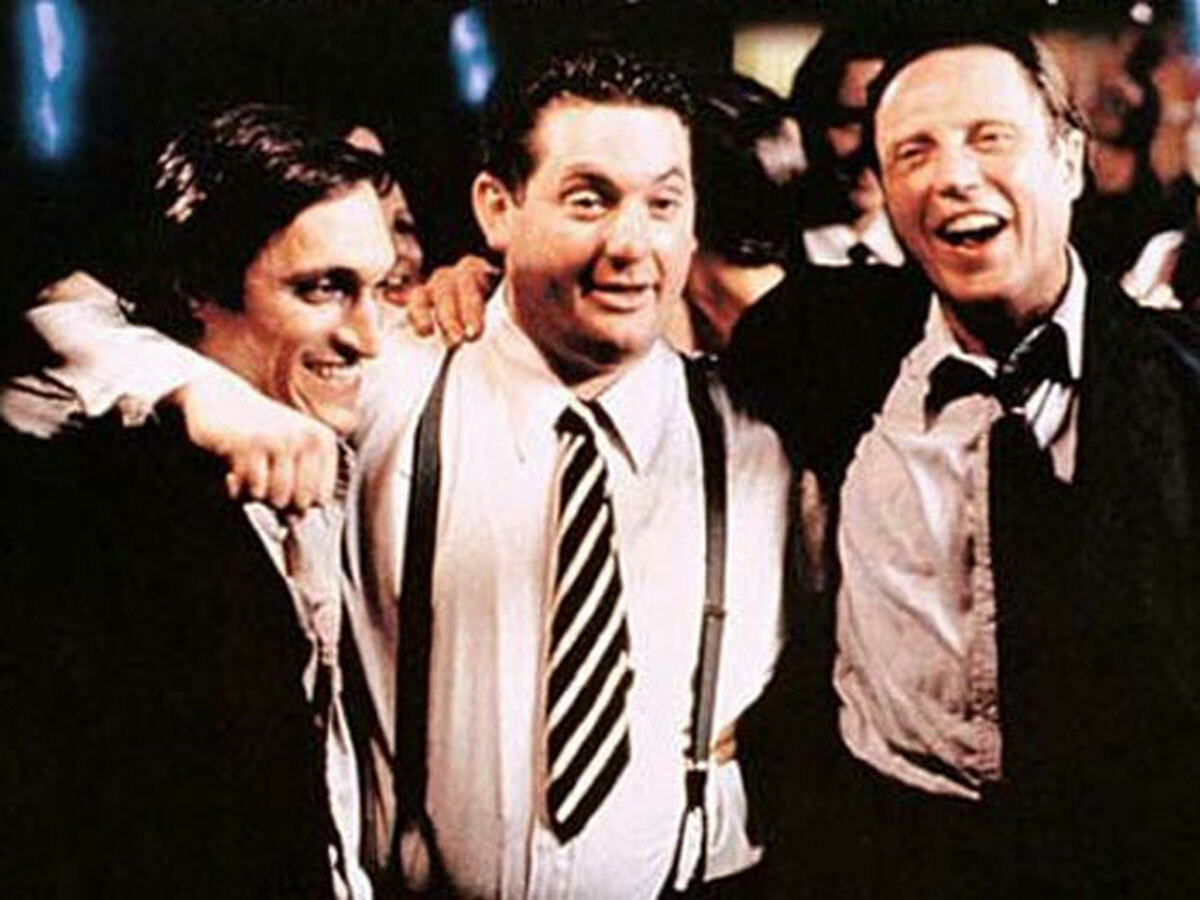
It’s an Abel Ferrara film, so lashings of religious subtext are poured over a family drama about three mob brothers (Christopher Walken, Chris Penn and Vincent Gallo) in the 1930s. One of the best crime movies you’ve (probably) never seen.
The Petrified Forest (1936)
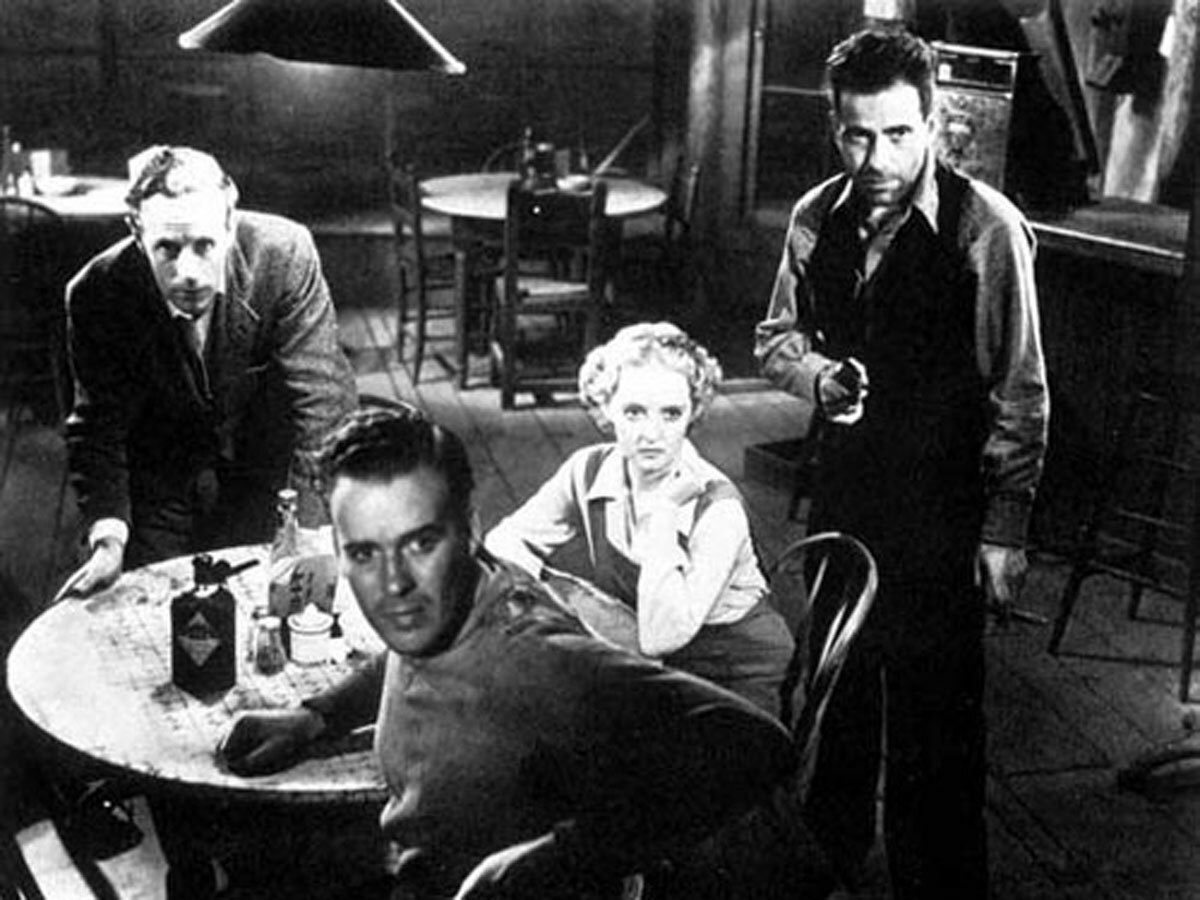
Hollywood royalty abound here, with Humphrey Bogart, Bette Davis and Leslie Howard lives intersecting at a Depression-era diner in the Petrified Forest area of Arizona. The movie was Bogart’s first major role, and he was only cast at Howard’s insistence – the two having played the same roles in the Broadway play. Years later, Bogart named his daughter Leslie in honour of Howard, who was killed in World War II.
The Rise and Fall of Legs Diamond (1960)
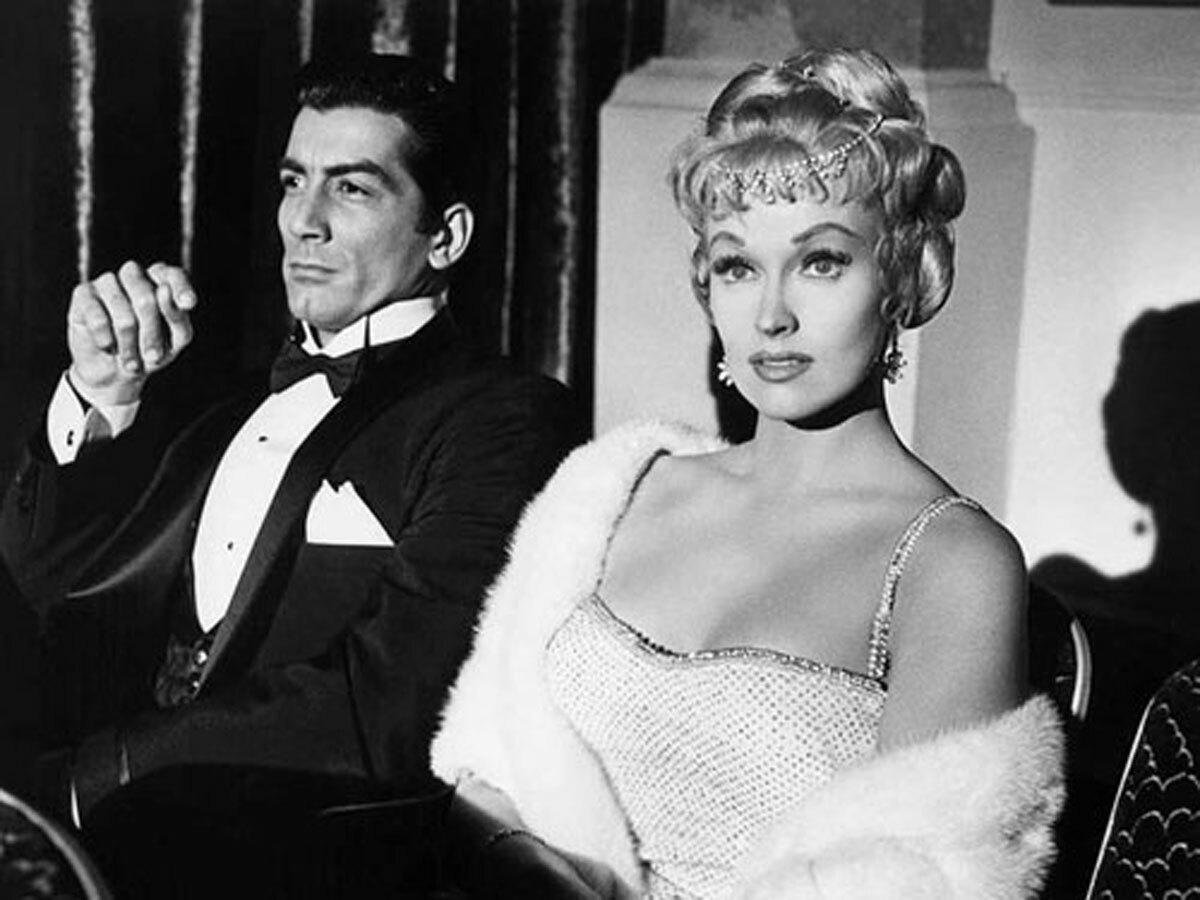
Based very loosely on true events, this black-and-white movie is regarded as one of the best gangster movies of the 1960s. It concerns the titular Jack “Legs” Diamond, a petty thief who moves to New York and attempts to muscle in on the criminal empire of Arnold Rothstein by becoming the man’s bodyguard.
Lawless (2012)
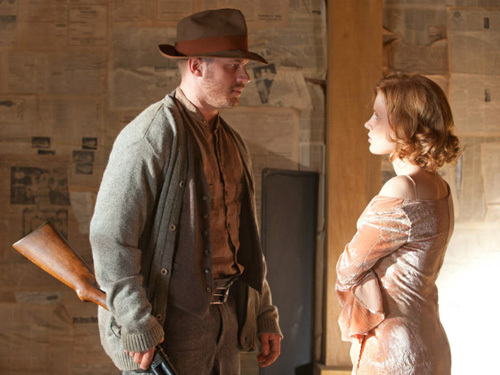
Where most Prohibition films follow the sharp-suited Chicago gangsters who deal in bootleg booze, Lawless explores the impact of the 18th Amendment on a family of moonshine producers in the decidedly more rural setting of Franklin County, Virginia. John Hillcoat’s film is based on the real-life exploits of the Bondurant brothers – and at times it really does feel like you couldn’t make it up. Tom Hardy steals the show with his performance as the burly “mother hen” of the Bondurant clan – which Hillcoat claims was based on “an aging lesbian.”
What! No Beer? (1933)
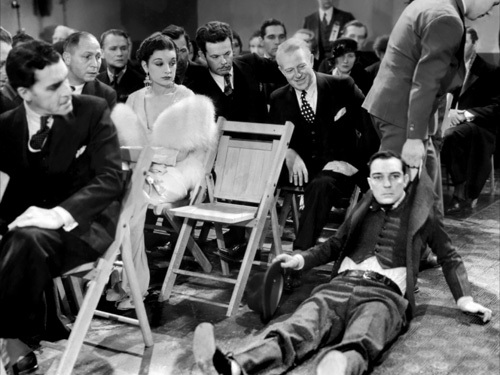
Buster Keaton’s “talkie” pairs him up with comedian Jimmy Durante – the two play wannabe entrepreneurs who buy up a brewery in a bid to be the first people selling beer after Prohibition’s repealed. And all so that Keaton can win the heart of a gangster’s moll. Ironically, Keaton – going through a messy divorce at the time – was working his way through a bottle a day during the shoot.
Road to Perdition (2002)
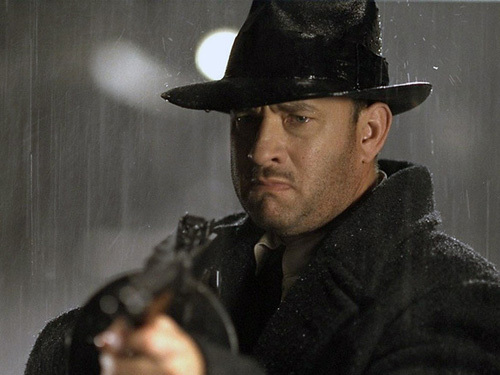
Tom Hanks stars as hitman Michael Sullivan, out for revenge against the mobster who killed his family, in this adaptation of Max Allan Collins’s graphic novel. Set at the height of Prohibition, the film mixes fictional characters with real-life gangsters like Al Capone’s under-boss Frank Nitti (played by Stanley Tucci). But the stand-out performance is a softly-spoken Paul Newman as mob boss John Rooney, an uncharacteristically villainous role for cinema’s blue-eyed boy.
The Thin Man (1934)

Released between the end of Prohibition and the onset of the moralising Hays Code, The Thin Man features a husband-and-wife detective duo who gleefully ramp up the sexual innuendo while imbibing booze by the bucketload. Heaven only knows how Johnny Depp’s planned remake will slip all that past the MPAA.
City Streets (1931)
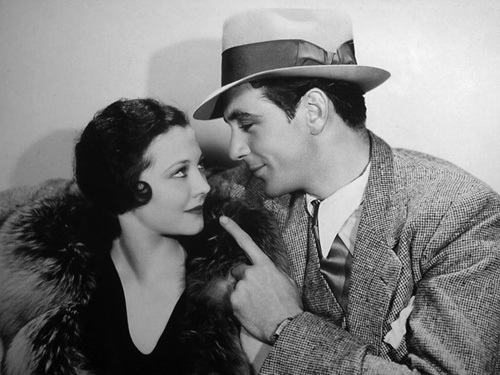
A love story made during the height of Prohibition – and based on a treatment by Dashiell Hammett, no less – this proto-noir follows Gary Cooper and Sylvia Sydney as a pair of young lovers who become entwined with the mob. Director Rouben Mamoulien brought some unusual innovations to the gangster genre – City Streets was the first American film to feature voiceover, and although there are ten deaths in the film, not one is seen on-screen. City Streets was praised as an accurate depiction of the Prohibition-era gangster lifestyle by someone who knew what he was talking about – Al Capone.



